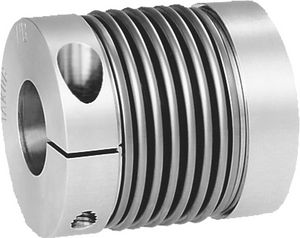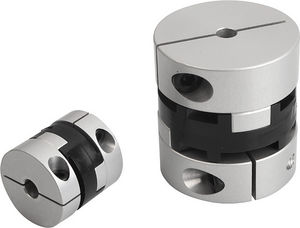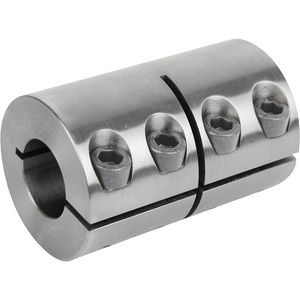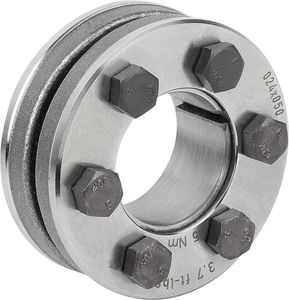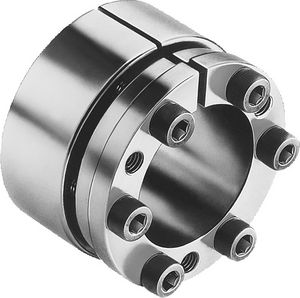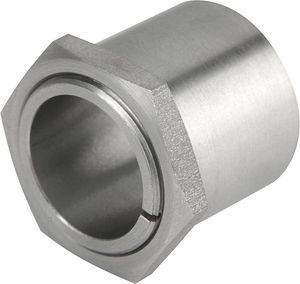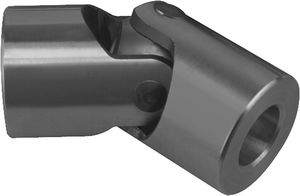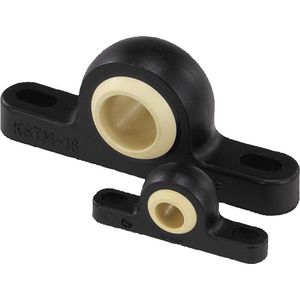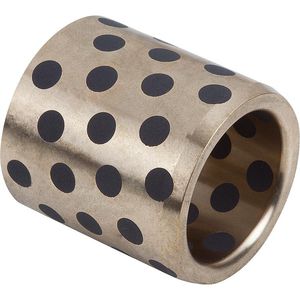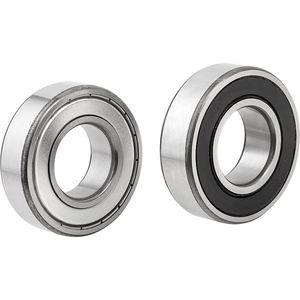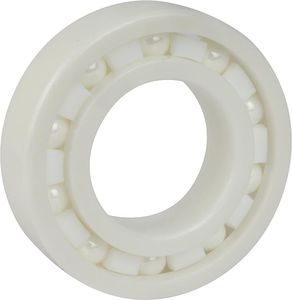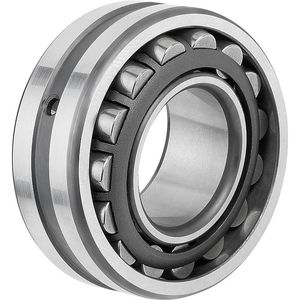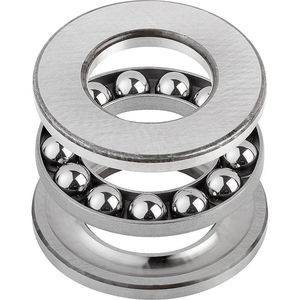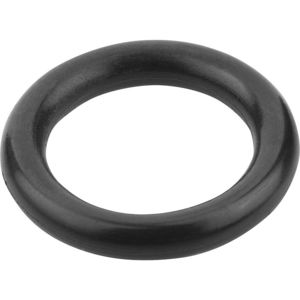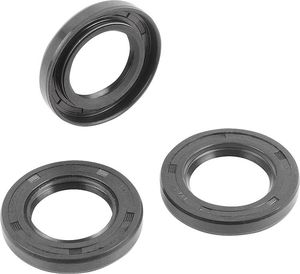
- Power Transmission - Mechanical components
- Bearing and Linear Guide
- Cylindrical plain bearing
- norelem - Éléments standard mécaniques
- Company
- Products
- Catalogs
- News & Trends
- Exhibitions
Cylindrical plain bearing 23730sintered bronzesteelPTFE



Add to favorites
Compare this product
Characteristics
- Type
- cylindrical
- Material
- sintered bronze, steel, PTFE
- Other characteristics
- wear-resistant, dry running
- Inside diameter
Min.: 3 mm
(0.12 in)Max.: 50 mm
(1.97 in)- Length
Min.: 4 mm
(0.16 in)Max.: 50 mm
(1.97 in)
Description
Plain bearings cylindrical
Material:
Base material, steel.
Intermediate layer sintered bronze.
Bearing surface PTFE.
Version:
Steel galvanized.
Note:
Maintenance-free rolled composite steel plain bearings particularly suitable for dry running. Also highly suitable for lubricated applications (oil lubrication). Very low wear and friction, no stick-slip effect. Suitable for rotary and oscillating movements, high chemical resistance, low water absorption.
Technical data:
Static load: max. 250 N/mm²
Dynamic load: max. 140 N/mm²
Friction coefficient, dry: 0.03 to 0.20
Sliding speed, dry: max. 2 m/s
Sliding speed, oil lubricated: max. 5 m/s
Thermal conductivity: 42 W(m*K)-1
Thermal expansion coefficient: 11*10-6 K-1
Temperature range: -195°C to +280°C
Assembly:
The use of a suitable press mandrel is recommended to avoid damaging the bearing surface. The butt joint must be opposite the load zone. The bearing has an interference fit after installation. Gluing is possible but not required.
Tolerances:
Housing:
Recommended tolerance H7.
Surface finish Ra 0.8 to 1.6.
Chamfer (press-in side 0.8 to 1.2 x 15°).
Shaft:
Recommended tolerance h8 to f7. For applications at a low speed and small loads drawn shafts with h9 can also be used.
Shaft surface Ra 0.4 to 0.8 (preferably ground shafts) for drawn shafts Ra 1.6 to 3.2.
Drawing reference:
1) Butt joint
Other norelem - Éléments standard mécaniques products
Couplings Rigid couplings Keyless locking couplings Cardan joints Quick-fit couplings Bearings Seals 23000
Related Searches
- Rolling bearing
- Steel bearing
- Ball bearing bearing
- Roller bearing
- Linear motion system
- Plain bearing
- Single-row bearing
- NORELEM bearing unit
- Metal plain bearing
- Steel linear guide
- Precision bearing
- Rod end
- Guide rail
- Slide linear motion system
- Cage assembly bearing
- Polymer plain bearing
- Metal bearing unit
- Cylindrical plain bearing
- Linear bearing
- Track linear motion system
*Prices are pre-tax. They exclude delivery charges and customs duties and do not include additional charges for installation or activation options. Prices are indicative only and may vary by country, with changes to the cost of raw materials and exchange rates.





